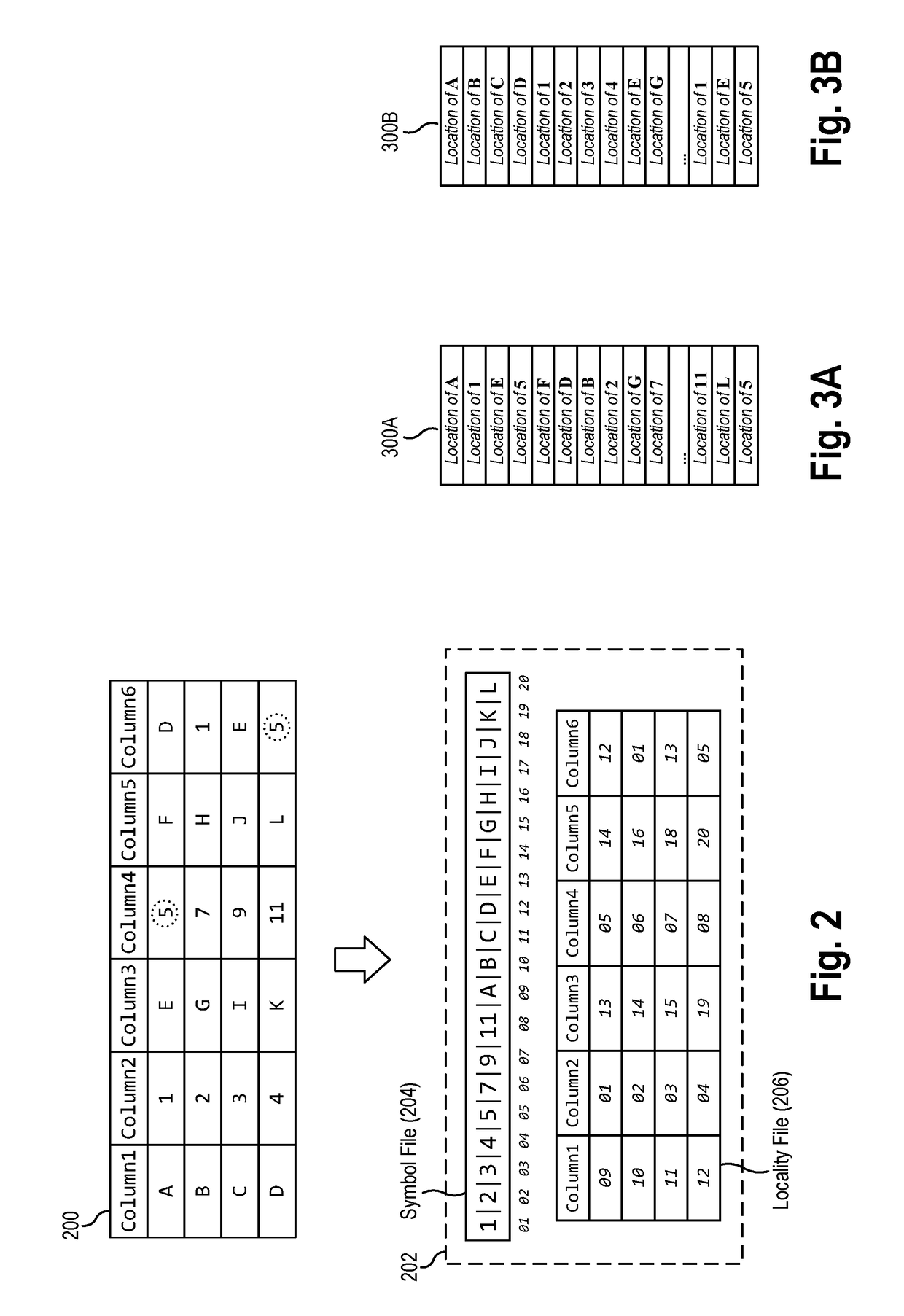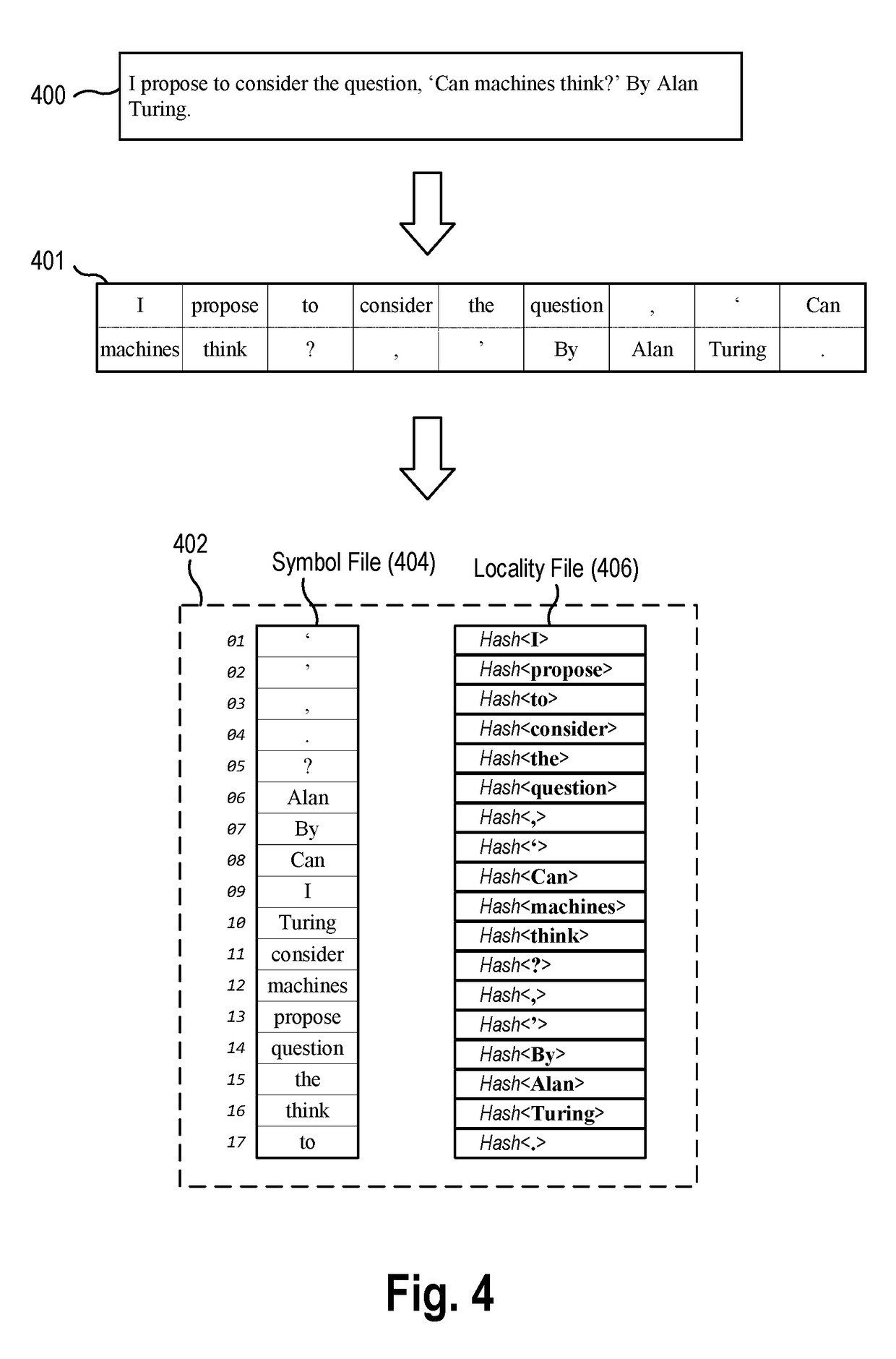Materialization for data edge platform
a data edge platform and materialization technology, applied in the field of object storage and file compression, can solve the problems of data being stored in a disjointed, schema-less, disparate, etc., and knowing what has been stored in object storage, so as to avoid increasing the actual storage footprint and reduce the storage footprin
- Summary
- Abstract
- Description
- Claims
- Application Information
AI Technical Summary
Benefits of technology
Problems solved by technology
Method used
Image
Examples
example string
[0154 matching constraints may include:
ExamplesPrefix[column|_]=[literal]*foo=hello wor*Suffix[column|_]=*[literal]foo=*lo worldWildcard[column|_]=*foo=*
[0155]In addition to the constraint specification, it may also be possible to specify an aggregation function to apply to the result set of a GET Object request on a virtual bucket. This may be done by adding an aggregation prefix to the query constraint: Example aggregation functions may include:
AggregationsExamplescount:[path constraint]count: / foo>3count: / bar=Boston[sum|avg|std|min|max]([column]):[path constraint]sum(foo): / 1min(bar): / foo=5
TABLE 3foobarbaz1appleBoston2applicationSomerville3bananaMedford4catMedford
[0156]For an example dataset in Table 3, a Key spec: [baz,foo,bar] may correspond to:
/ baz=Boston->1,apple,Boston / baz=Med*->3,banana,Medford4,cat,Medfordcount: / _=* / foo>=2->3sum(foo): / baz=Medford->7
[0157]In an example workflow according to the aspects presented herein, the user may: identify a physical bucket in simple objec...
PUM
 Login to View More
Login to View More Abstract
Description
Claims
Application Information
 Login to View More
Login to View More - R&D
- Intellectual Property
- Life Sciences
- Materials
- Tech Scout
- Unparalleled Data Quality
- Higher Quality Content
- 60% Fewer Hallucinations
Browse by: Latest US Patents, China's latest patents, Technical Efficacy Thesaurus, Application Domain, Technology Topic, Popular Technical Reports.
© 2025 PatSnap. All rights reserved.Legal|Privacy policy|Modern Slavery Act Transparency Statement|Sitemap|About US| Contact US: help@patsnap.com



